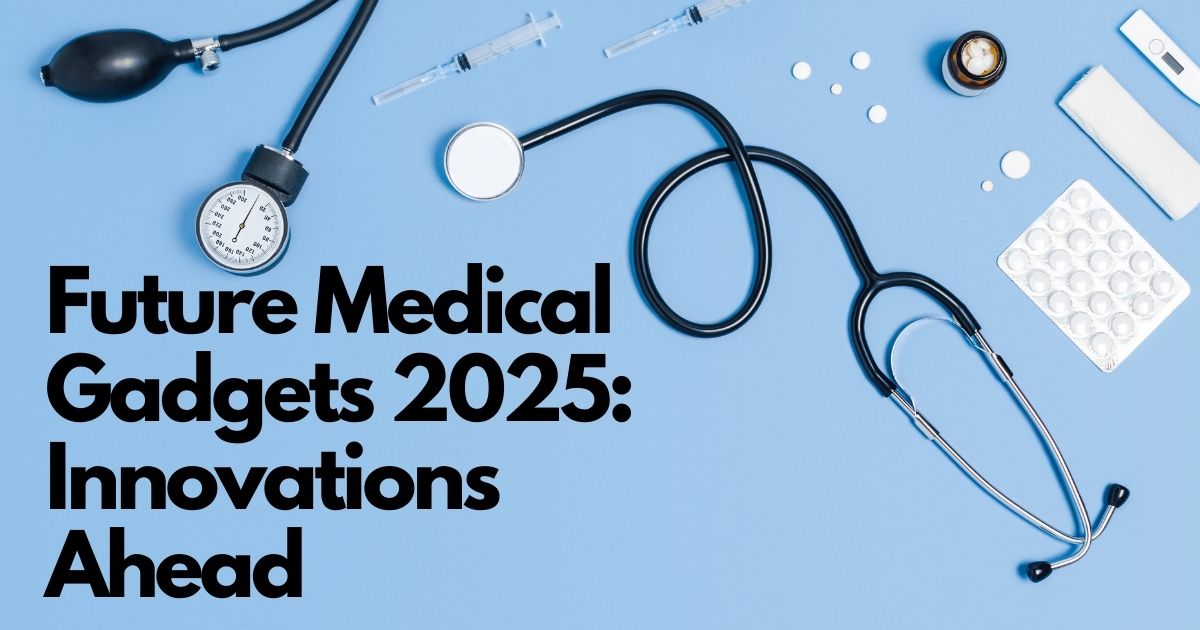Discover the future medical gadgets 2025, from AI diagnostics to smart wearables and biosensors.
Introduction
The healthcare industry is on the cusp of a digital revolution, with medical gadgets taking center stage in how we monitor, diagnose, and treat health conditions. As we move towards 2025, the role of technology in healthcare is becoming more significant than ever. From AI-powered diagnostic tools to wearable gadgets, the future promises innovations that will transform patient care and personal health monitoring. So, what medical marvels lie ahead? Let’s explore the cutting-edge gadgets poised to shape the future of medicine.
The Rise of Medical Gadgets in Healthcare
Medical gadgets have evolved dramatically over the past few decades. What started as rudimentary tools for simple health monitoring have now become sophisticated, AI-powered devices capable of providing real-time data and remote diagnosis. The rise of digital technology has accelerated these advancements, bridging the gap between healthcare professionals and patients. The future of healthcare hinges on these gadgets, which not only promise convenience but also have the potential to save lives.
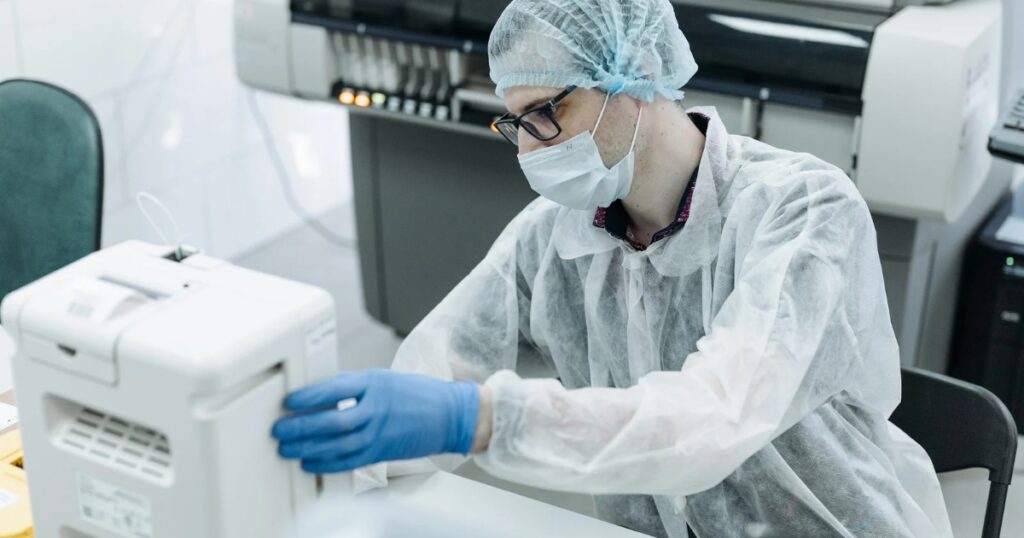
Smart Wearables for Continuous Monitoring
Wearable Health Trackers
Wearable health trackers like smartwatches and fitness bands are no longer novelties; they have become mainstream health tools. These devices allow users to monitor vital signs, such as heart rate, blood pressure, and oxygen levels, right from their wrists. By 2025, these wearables will offer even more advanced functionalities, making them indispensable for proactive health management.
The Impact of Smartwatches on Personal Health
Smartwatches have already proven their worth by detecting irregular heart rhythms and encouraging healthier lifestyles. With continuous improvements, they’ll be equipped with more sensors to track hydration levels, stress, and even respiratory conditions. Imagine having a health coach on your wrist!
Continuous Glucose Monitoring Devices for Diabetics
Diabetes management is set to become much easier with continuous glucose monitors (CGMs). These gadgets allow real-time tracking of blood sugar levels without the need for frequent finger pricks. For diabetics, this innovation means fewer interruptions and better control of their condition.
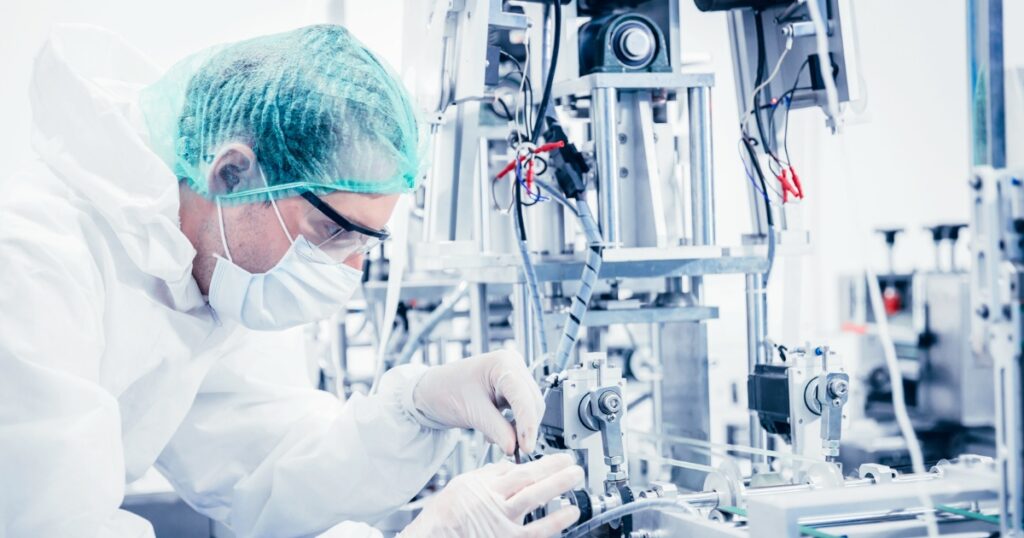
AI-Powered Diagnostic Tools
Artificial Intelligence and Machine Learning in Diagnosis
Artificial intelligence is transforming the way medical diagnoses are made. AI-powered diagnostic tools can analyze vast amounts of data, making quicker and more accurate diagnoses than traditional methods. These gadgets can identify patterns in patient data, predict diseases, and recommend personalized treatments.
AI-Driven Imaging Technology
AI is playing a huge role in medical imaging, offering tools that can detect abnormalities in X-rays, MRIs, and CT scans faster than human experts. By 2025, these AI-driven tools will become standard practice, significantly reducing diagnostic errors.
Virtual Health Assistants
Imagine consulting an AI-powered virtual health assistant from your phone or home gadget! These virtual assistants can assess symptoms, provide medical advice, and even suggest treatment options, all from the comfort of your home.
Telemedicine Gadgets Revolutionizing Remote Care
Telemedicine Gadgets for Remote Patient Monitoring
Telemedicine has taken off in recent years, and with the help of medical gadgets, patients can now be monitored remotely without visiting a clinic. Gadgets like portable ECGs and smart stethoscopes enable real-time data sharing with healthcare providers, improving the quality of remote care.
Smart Stethoscopes
A smart stethoscope isn’t just a listening tool anymore. These gadgets can record heart and lung sounds, analyze the data, and send it to a doctor for further review. By 2025, smart stethoscopes could become a staple in telemedicine practices, offering more accurate diagnostics for remote patients.
Portable ECG Devices
Portable ECG gadgets have simplified heart monitoring for patients with cardiovascular diseases. These compact devices can be worn at home, transmitting heart data to doctors in real-time, helping to detect issues before they become critical.
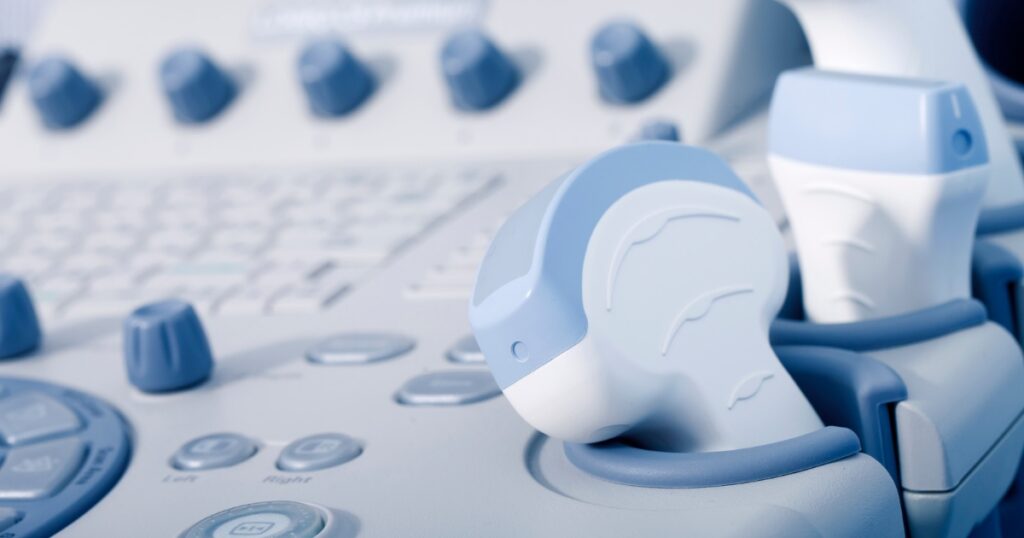
Innovations in Wearable Therapy Devices
Wearable Pain Relief Devices
Chronic pain sufferers are in for a treat, thanks to wearable devices designed to relieve pain. These gadgets use technologies like electrical stimulation to alleviate discomfort without the need for medication, offering a natural alternative for pain management.
Electrical Muscle Stimulation (EMS) Wearables
EMS devices help strengthen muscles and aid in recovery by using electrical impulses. Athletes and rehabilitation patients alike will benefit from advancements in these gadgets, which will become more accessible and effective by 2025.
Smart Posture Correction Devices
Bad posture is a widespread issue that can lead to long-term health problems. Wearable posture correctors will gently remind users to maintain good posture throughout the day, preventing back and neck pain.
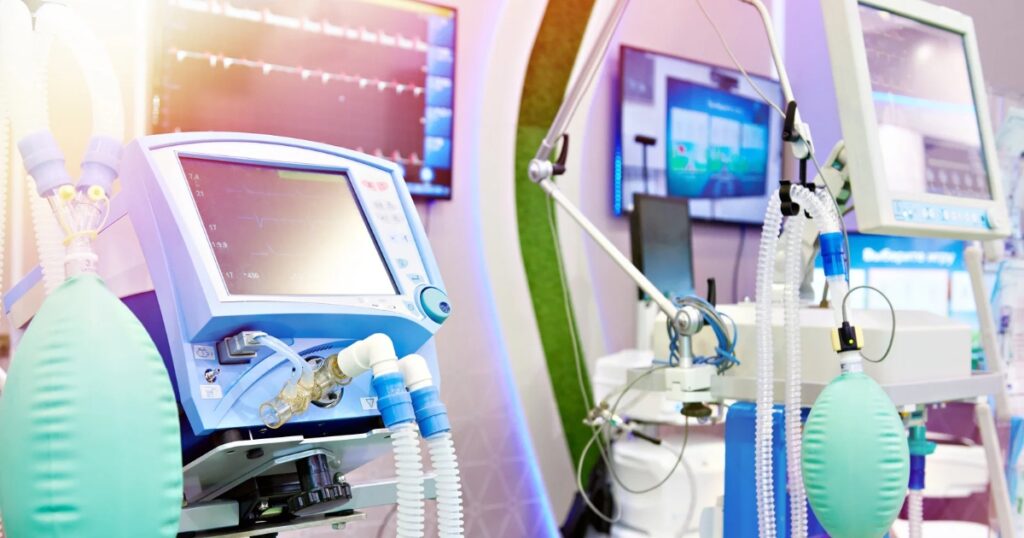
Biosensors and Implantable Devices
Advanced Biosensors for Real-Time Data Collection
Biosensors will play a critical role in the future of personalized healthcare. These tiny gadgets can be worn or implanted, continuously monitoring biomarkers in the body. By 2025, biosensors will provide real-time health data that can alert users to potential issues before they worsen.
Implantable Sensors for Heart Health
Imagine a device implanted in your body that monitors your heart 24/7. Implantable sensors will revolutionize heart health monitoring by providing continuous data to both the patient and the doctor, ensuring that any heart irregularities are caught early.
Biometric Sensors for Mental Health Monitoring
Mental health monitoring is about to go high-tech. Wearable biometric sensors can track stress levels, sleep patterns, and emotional states, providing valuable insights for both patients and therapists to manage mental health conditions more effectively.
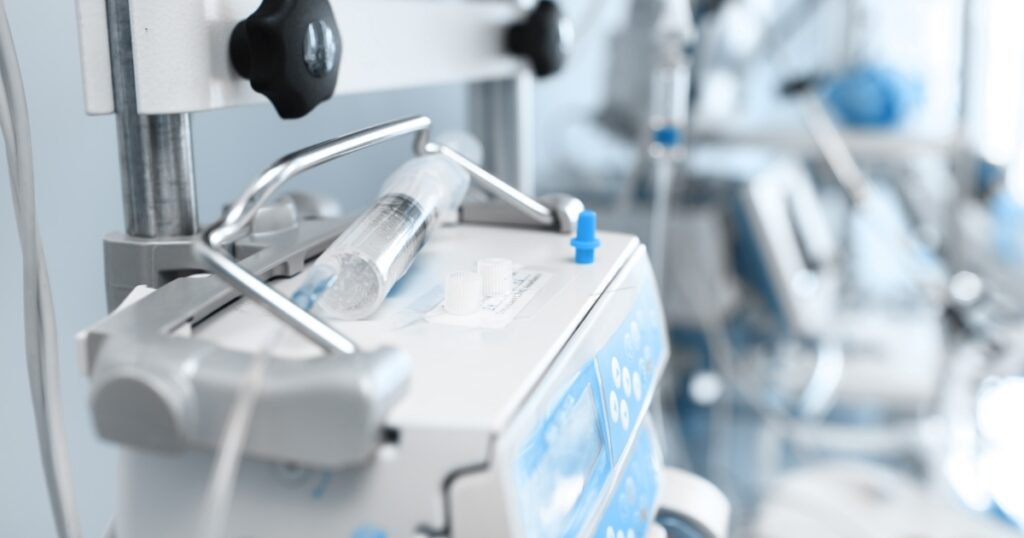
Smart Pills and Ingestible Sensors
Ingestible Sensors for Internal Monitoring
Smart pills are on the horizon, offering a way to monitor internal health conditions in real-time. These tiny, swallowable gadgets can detect issues in the gastrointestinal tract or other internal organs, transmitting the data to doctors for analysis.
Medication Tracking Pills
For patients who need to take medications regularly, ingestible sensors will help ensure compliance. These pills can track when medication is taken and monitor how it’s being absorbed by the body, providing critical information for treatment adjustments.
Gastrointestinal Monitoring Gadgets
Ingestible devices are also being developed to monitor the health of the digestive system. These gadgets can detect issues like inflammation or bleeding in the gut, offering early diagnosis and treatment options.
Personalized Healthcare with Genomics and Gadgets
How Genomic Data Will Influence Medical Devices
With the rise of genomic data, medical gadgets will become even more personalized. By understanding an individual’s DNA, gadgets will be able to offer tailored treatments and preventive measures for various health conditions.
DNA Sequencing Gadgets
DNA sequencing technology will soon be available in portable devices, allowing individuals to get a full genomic analysis from the comfort of their homes. This will open doors to personalized healthcare and treatment plans like never before.
Tailored Treatments via Wearable Devices
Wearable devices that integrate genomic data will be able to provide personalized treatment recommendations. From medications to lifestyle changes, these gadgets will guide patients in achieving optimal health outcomes.
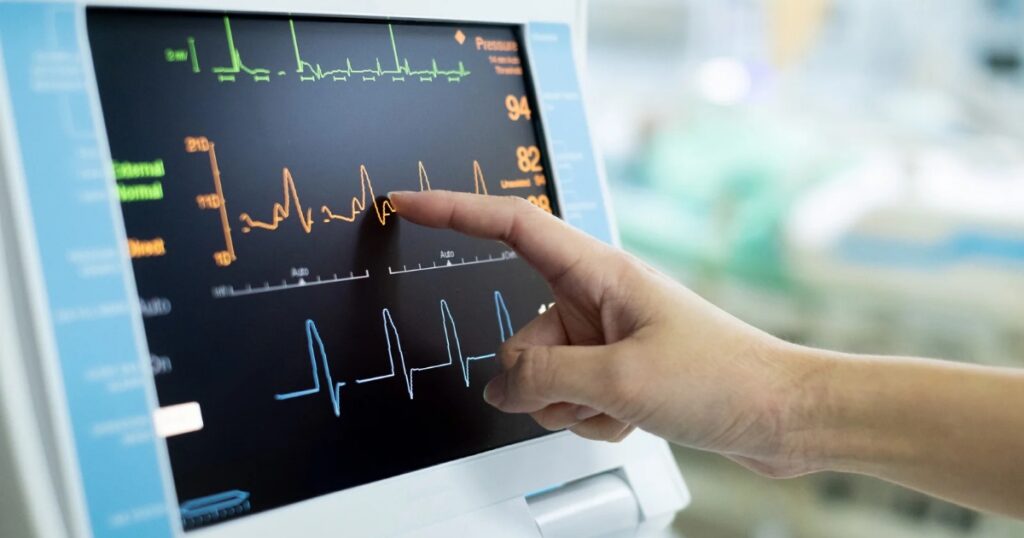
Robotics in Healthcare
Robotic Surgical Assistants
Robots are already assisting surgeons in the operating room, but by 2025, they will become even more precise and efficient. Robotic surgical assistants will be able to perform complex surgeries with minimal human intervention, improving outcomes and reducing recovery times.
AI-Powered Precision in Surgery
AI will be at the heart of robotic surgery, ensuring that every incision is as precise as possible. These innovations will lead to fewer complications and faster healing for patients undergoing surgical procedures.
Rehabilitation Robots for Physical Therapy
Robotic exoskeletons and rehabilitation robots will play a key role in helping patients recover from injuries or surgeries. These devices offer targeted therapy, enabling faster recovery and greater mobility for patients.
Portable Diagnostic Labs
Handheld Diagnostic Devices
Imagine carrying a portable lab in your pocket! Handheld diagnostic gadgets will make it possible to perform blood tests, urine analyses, and other essential diagnostics without leaving home. These devices will bring healthcare to remote and underserved areas.
Lab-in-a-Pocket Technology
Portable labs will allow individuals to test for multiple conditions in real-time, offering immediate results. These gadgets will be particularly useful in managing chronic diseases or monitoring one’s overall health.
Advanced Blood Testing Kits
Blood testing kits are about to get a major upgrade. By 2025, advanced portable blood testing kits will provide rapid results for everything from cholesterol levels to infections, making it easier to manage health at home.
3D Printing in Personalized Medical Gadgets
The Role of 3D Printing in Medical Equipment
3D printing technology is already revolutionizing the way medical equipment is made. By 2025, we will see the creation of personalized prosthetics, implants, and even organs, customized to fit the unique needs of each patient.
Custom Prosthetics and Implants
Gone are the days of one-size-fits-all medical implants. 3D printing allows for the creation of prosthetics and implants tailored to individual anatomy, providing a more comfortable and functional fit for patients.
3D-Printed Organs for Transplants
Perhaps the most exciting advancement is the potential for 3D-printed organs. While still in its early stages, the technology could one day make organ shortages a thing of the past, saving countless lives.
Ethical Considerations and Challenges
Privacy Concerns with Health Gadgets
As with any technological advancement, the rise of medical gadgets comes with privacy concerns. Many devices collect personal health data, raising questions about how this information is stored and used. Patients will need assurances that their data is secure.
Data Security and Patient Confidentiality
Data breaches and cyber-attacks are real threats in the healthcare industry. As medical gadgets become more integrated into our daily lives, manufacturers will need to prioritize data security to protect patient confidentiality.
Ethical Implications of Implantable Devices
Implantable devices, while offering life-saving benefits, also come with ethical concerns. Patients must consider the long-term effects of having these devices in their bodies and whether they are comfortable with the level of surveillance that comes with them.
Looking Ahead: The Future of Medical Gadgets Beyond 2025
Predictions for Future Healthcare Innovations
The innovations we see in 2025 are just the beginning. Beyond this point, we can expect even more incredible advancements, such as AI-driven diagnostic devices that surpass human capabilities and wearable tech that can predict illnesses before symptoms appear.
Integration of AI and Robotics
The integration of AI and robotics will continue to evolve, blurring the lines between human and machine in healthcare. This collaboration will offer greater precision, faster recovery times, and improved patient outcomes.
Sustainable Medical Gadgets
Sustainability will also play a key role in the future of medical gadgets. Manufacturers are already exploring eco-friendly materials and methods to reduce the environmental impact of these devices.
Conclusion
The future of medical gadgets is incredibly bright, with innovations that will transform the way we approach healthcare. By 2025, we can expect to see smart wearables, AI-powered diagnostic tools, telemedicine gadgets, and biosensors becoming commonplace, helping us live healthier and longer lives. These gadgets will offer real-time data, personalized treatments, and greater convenience, ensuring that healthcare is accessible to everyone. The future of medicine isn’t just in the hands of doctors—it’s in the devices we carry every day.
FAQs
1. What are smart pills, and how do they work?
Smart pills are ingestible sensors that monitor internal health conditions and send real-time data to healthcare providers for analysis.
2. How will AI improve the accuracy of medical diagnostics?
AI will enhance diagnostics by analyzing large amounts of data quickly and accurately, identifying patterns and predicting diseases with precision.
3. Are there any risks associated with wearable health devices?
While wearable devices provide valuable health data, there are concerns regarding data security, accuracy, and potential over-reliance on technology.
4. What is the role of robotics in the future of surgery?
Robotics will increase precision in surgeries, allowing for minimally invasive procedures, reducing complications, and improving recovery times.
5. Can medical gadgets help prevent chronic illnesses?
Yes, many medical gadgets provide continuous monitoring and early detection, which can help prevent or manage chronic conditions before they worsen.

